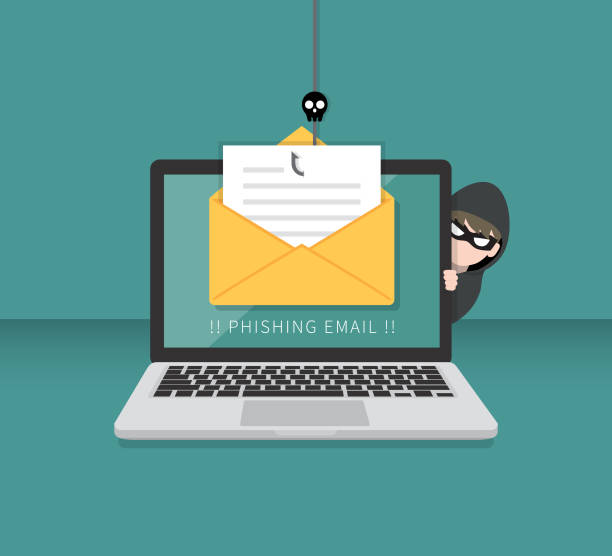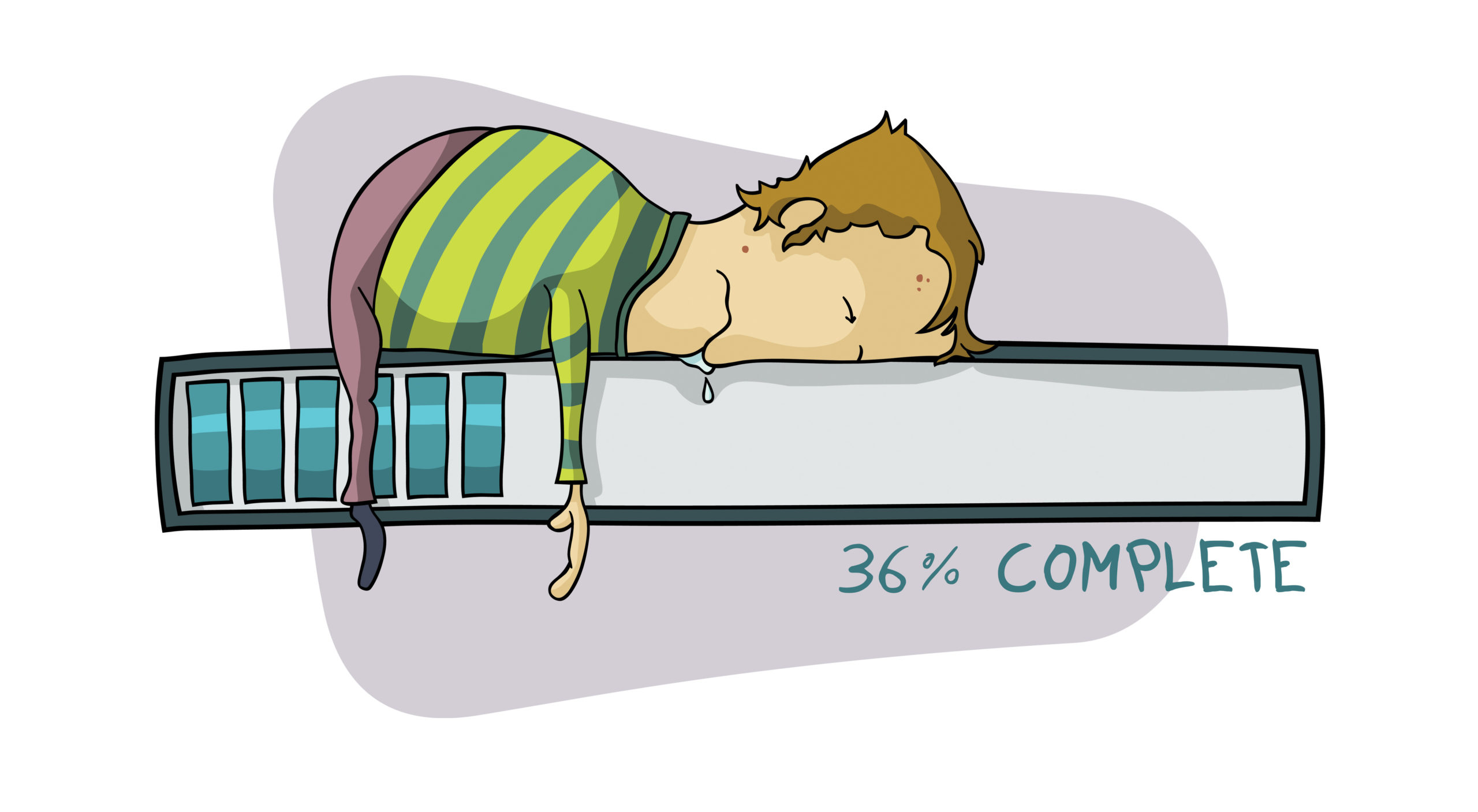
Are you worried about having your identity stolen? I am. It
has happened to two people that I know. My mother and a friend
of mine in Myrtle Beach. Once your identity is stolen, your
life is forever changed. Even after you spend weeks upon weeks
squaring everything away with your credit card company, things
will never be right. You begin to dread answering the phone
because it may be someone that erroneously thinks you owe them
money. My mother was close to tears still getting phone calls 5
years after the alleged deed took place. It certainly wears on you.
Second is Tom Garber. Tom is a musician in Myrtle Beach, SC and
he is still suffering the consequences of identity theft. He is
also the one that wrote the PC Pitstop identity theft song,
“You’re Not Me!”. When we wrote the song, it was meant to be a
song of frustration. I hope you can feel the helplessness.
In my view, there are two types of identity theft. The first
and easier method is to steal someone’s online identity. When
you steal someone’s online identity, it enables them basically
pretend they are you. For example, this person could pretend to be you in an online forum. But much more malicious, if they assume your identity and start buying things in your name.
This is in fact what happened to both my friend and my mom. They high jacked their credit cards. Worse yet, the authorities have no clue. Still today, neither knows who perpetrated these crimes upon them. There is only sure way to avoid identity theft – extreme caution.
The fact is that it is very easy to hijack someone’s online identity. In order to do a credit card transaction in someone else’s name, typically, the perpetrator would only need the following information:
- Your credit card number
- The expiration date
- The billing address zip code
- The CVC number (that 3 digit number on the back)
- Your name
See our free ID theft assessment tool.
If someone has your credit card in their hand, they can know 4 out of the 5 critical pieces of information. They are only missing the zip code, and they are ready to do transactions in your name.
Now here is the scary part. Guess where all this information is stored? In your computer. That’s why we made our identity assessment theft tool – to see what personal identity information your computer is storing. We had each employee at PC Pitstop use the online tool, and the results were shocking. Over 1/2 of our employees had their personal identity information stored in their computers.
Note: our online tool is NOT a major advancement in technology. In fact, the opposite, it is a simple form using commonly known field names. I suspect the identity theft professionals have far more sophisticated tools. The bottom line is that you don’t want your computer storing this information. I don’t have a problem with my PC knowing my browsing habits, but when it comes to my credit card and billing information, I don’t want it in my computer.
But let’s take the next step. The second, and more nefarious, level is when thieves can pretend they are you on the telephone. When doing telephone transactions, they usually have several security questions to establish that it is indeed you.
- Social security number (or last 4 digits)
- Mother’s maiden name
- email address
- telephone number
See our free ID theft assessment tool.
If the thief can establish they are you, they can truly ruin your life. They can transfer money out of your bank account. They can cancel your cell phone. They can change all of your passwords. And on and on. Then, when I personally ran the our online tool, I see that my social security number is inside of my computer, as is my email address and telephone number. Yikes!
This has become a major awakening for me. Yes, it slows you down, but so is putting on your seat belt, and the risks of not doing so are just about as bad.
- Only do online transactions on your computer. Don’t do it at work, don’t do it on your friend’s computer, and never never do online transactions at a public terminal.
- Run our free ID theft assessment tool.
- Sweep your designated computer to remove any traces of your online identity from your computer. Note: this means that you will have type in your credit card number each time you make a transaction. Yes, this might take a little extra time, but you want your credit card number in your head, not in your computer. Personally, I have all of this information memorized, so I don’t need my computer to do it for me.
- Run a malware scan regularly. When we think of malware, we think of spam bots, denial of service attacks, and other web mischief. Although it’s not mentioned much, another malware is to trap your online identity.
- Secure your PC. Put a password on your PC and make it a password no one can guess. The name of your wife or the name of your child does not cut it.
- Log off your PC when you are not in front of it. It is such a simple thing to do. On Vista, Start, the little right arrow, logout. On XP, Start, logout. For me, I just close the lid of my laptop.




